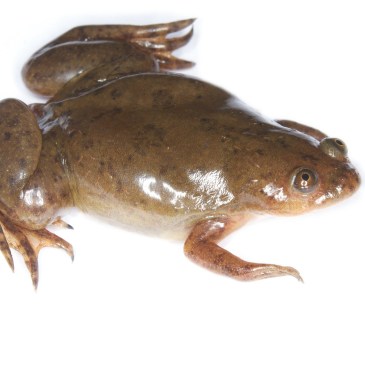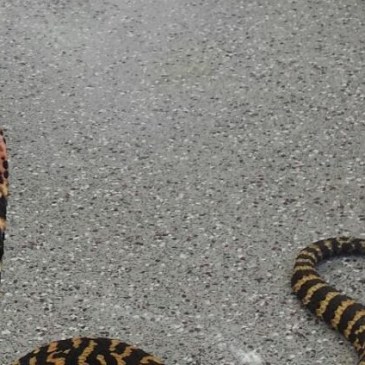Species Profile: Spectacled Caiman
Name: Spectacled caiman (Caiman crocodilus) Range: From southern Mexico, through Central America and down into tropical South America as far south as Corrientes, close to the Paraguay-Argentina border. Diet: Carnivorous Conservation Status: IUCN – Least Concern The Spectacled caiman is a medium sized crocodilian (~1.8 – 2.5meters) from the family Alligatoridae, which is comprised of … More Species Profile: Spectacled Caiman










